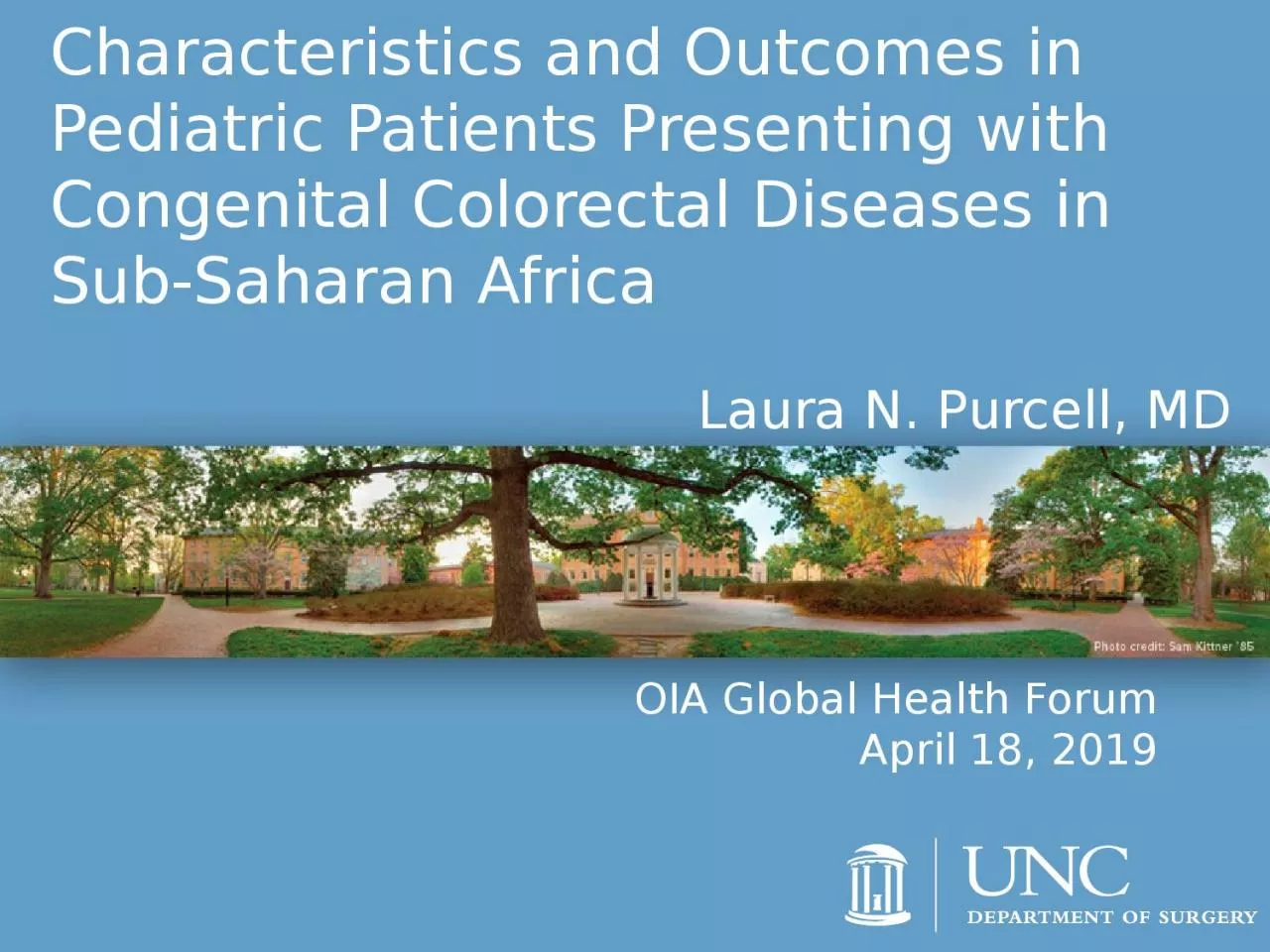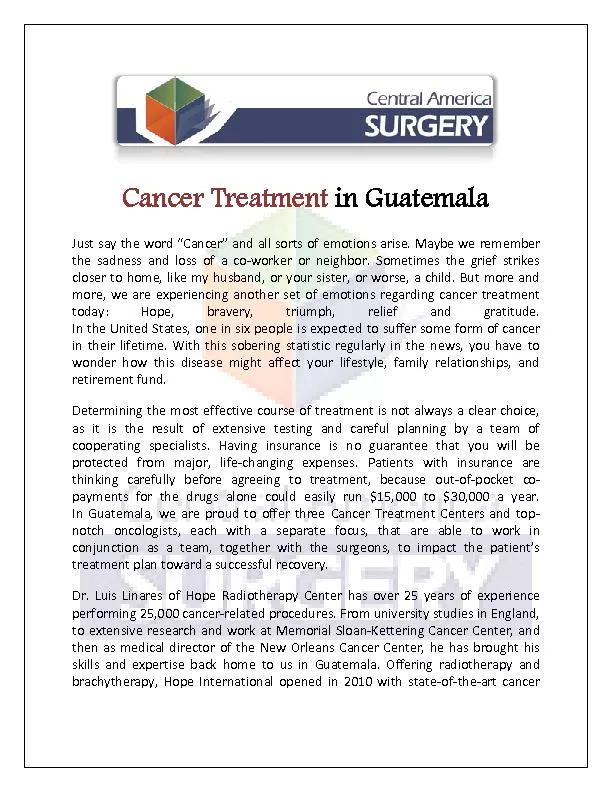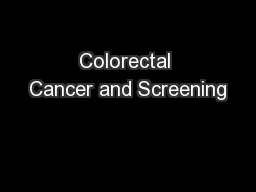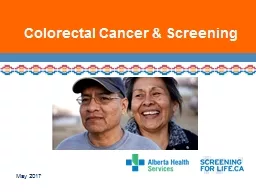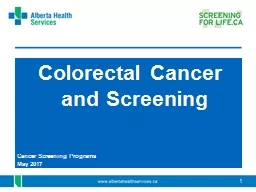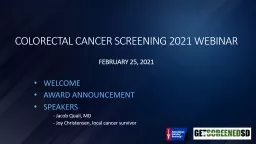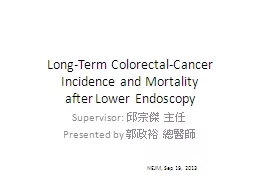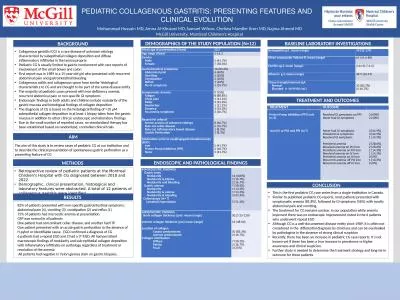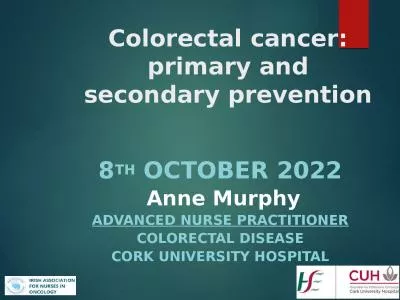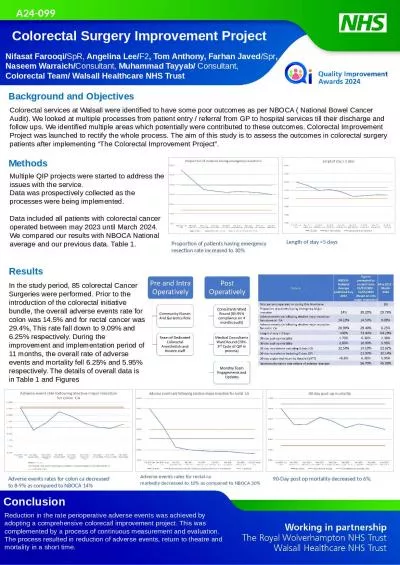PPT-Characteristics and Outcomes in Pediatric Patients Presenting with Congenital Colorectal
Author : adah | Published Date : 2022-06-11
Laura N Purcell MD OIA Global Health Forum April 18 2019 Disclosure Laura N Purcell MD I do not have any relevant financial relationships with any commercial interest
Presentation Embed Code
Download Presentation
Download Presentation The PPT/PDF document "Characteristics and Outcomes in Pediatri..." is the property of its rightful owner. Permission is granted to download and print the materials on this website for personal, non-commercial use only, and to display it on your personal computer provided you do not modify the materials and that you retain all copyright notices contained in the materials. By downloading content from our website, you accept the terms of this agreement.
Characteristics and Outcomes in Pediatric Patients Presenting with Congenital Colorectal: Transcript
Download Rules Of Document
"Characteristics and Outcomes in Pediatric Patients Presenting with Congenital Colorectal"The content belongs to its owner. You may download and print it for personal use, without modification, and keep all copyright notices. By downloading, you agree to these terms.
Related Documents

